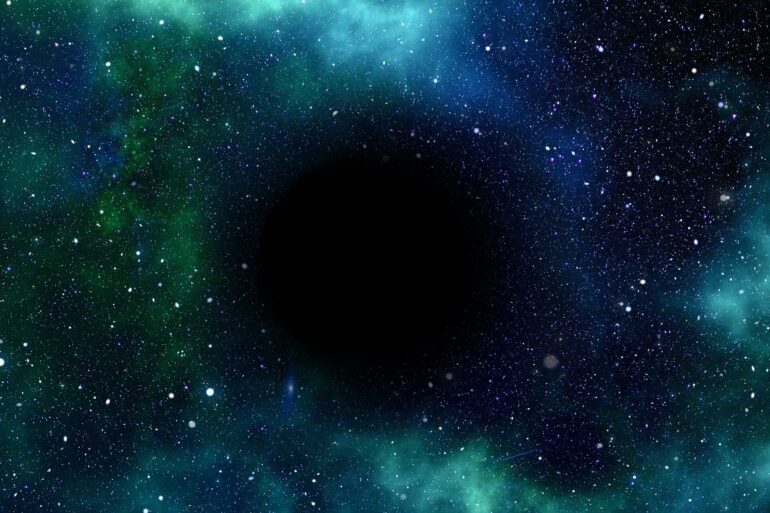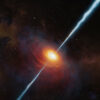Black holes—the cosmic behemoths known for powering some of the brightest radio wave sources in the universe—were the focal point of a study led by Associate Professor Michael Brown, from the School of Physics and Astronomy at Monash University.
The researchers delved into the mysteries of radio waves emitted by the most massive black holes using the cutting-edge Australian Square Kilometer Array Pathfinder (ASKAP).
In their pursuit to answer the question of whether radio waves are consistently emitted by the most massive black holes, the astronomers measured radio waves from the largest galaxies in the nearby universe. The comprehensive survey leveraged the Rapid ASKAP Continuum Survey (RACS). Associate Professor Brown said ASKAP was capable of surveying vast swathes of the sky and was more sensitive than previous comparable radio survey.
The study, titled “Radio continuum from the most massive early-type galaxies detected with ASKAP RACS,” has been accepted for publication in the Publications of the Astronomical Society of Australia and is currently available on the pre-print server arXiv.
While acknowledging that the formation of new stars in galaxies can also produce radio waves, the research team focused on galaxies with minimal or no star formation. Of the 587 nearby galaxies scrutinized, all 40 of the largest galaxies examined were found to emit radio waves.
“While it’s possible there’s some low-level star formation hidden in these galaxies, black holes seem the most likely cause for what we are seeing,” Associate Professor Brown said.
The study also revealed variations in radio wave emission among the very biggest galaxies, with some proving to be significantly more powerful than others. For instance, galaxy ESO 137-G 6 exhibited radio brightness approximately 10,000 times greater than that of galaxy NGC 6876.
Work on this study began under the challenges of Melbourne’s COVID lockdowns, with undergraduate student Teagan Clarke undertaking preliminary work as part of Monash’s physics and astronomy research project unit.
“We’ve been able to really dig into this new data to start to uncover the differences in how these galaxies are shining in radio waves,” Teagan said.
“This could tell us about their central black holes and how they power these massive galaxies.”
“Why different galaxies emit far more radio waves than others is a bit of a puzzle,” Associate Professor Brown said.
“However, we do see that galaxies that are powerful sources of radio waves appear to rotate slower than comparable galaxies that are weak sources of radio waves. Getting to the bottom of this is going to be challenging work for myself and my students.”
More information:
Michael J. I. Brown et al, Radio continuum from the most massive early-type galaxies detected with ASKAP RACS, arXiv (2023). DOI: 10.48550/arxiv.2311.15456
Citation:
Radio signals unveil secrets of massive galaxies (2023, December 5)



